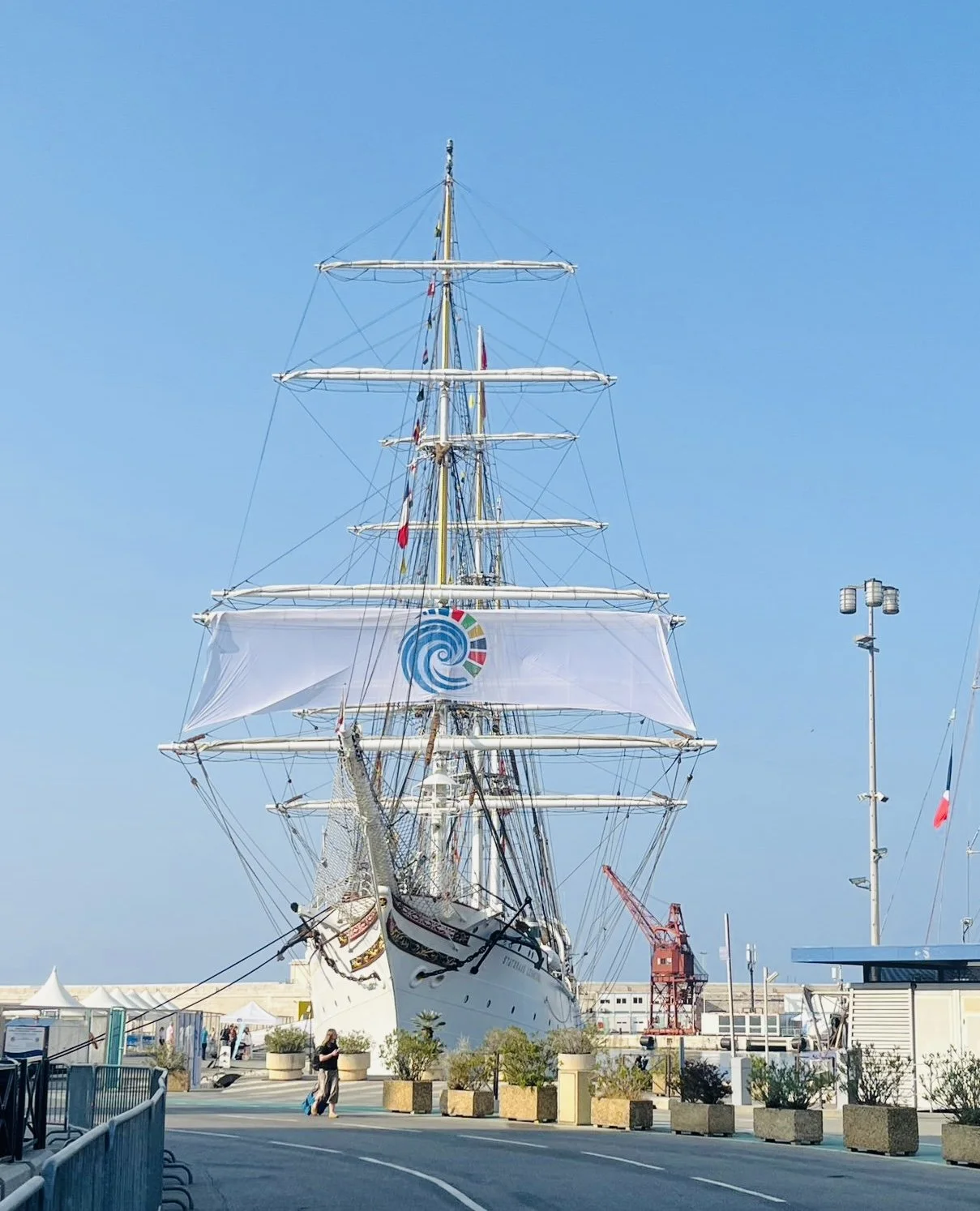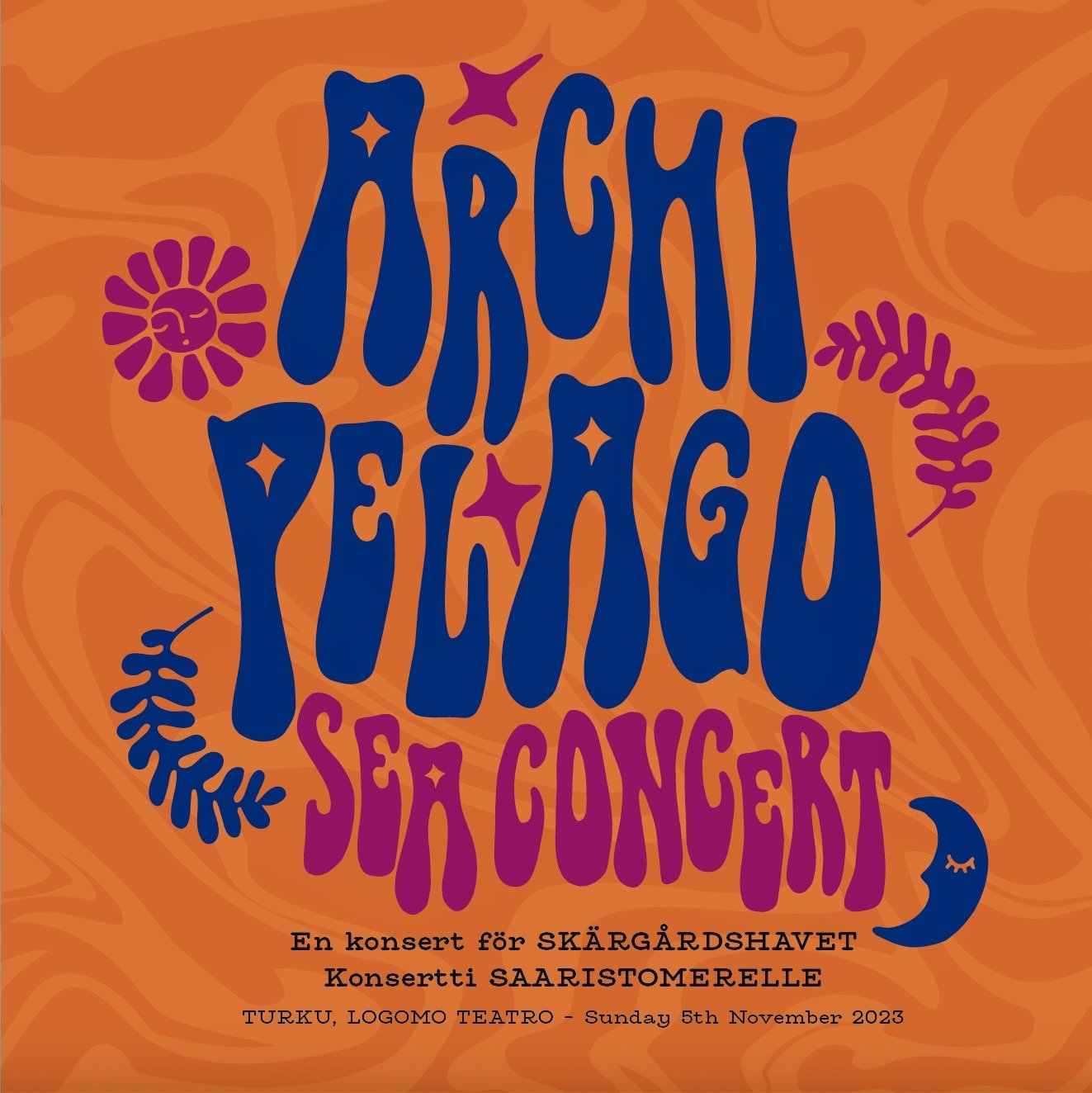Doctoral Conferral Ceremony at Åbo Akademi University in May 2025
Honorary Doctors at Åbo Akademi University
An honorary doctorate is an award granted by the university to recognize outstanding contributions within its fields of activity. This may include scientific achievements, the promotion of research, or other significant contributions that support the university’s mission and operations. Honorary doctors have often made notable scientific contributions, advanced research at the university, or otherwise contributed to its development and success.
Rent a space at the Blue Economy Centre
🏢 Rent office spaces at Astra starting 1.11.2025– the future hub for the blue economy!
Astra, the new campus building developed by Åbo Akademi University Foundation, will be home to the Blue Economy Center, bringing together companies, researchers, and innovators working to advance sustainable business in marine and water-related industries.
Blue Economy Centre to be established in Astra campus building
The Astra campus building, currently under construction by the Åbo Akademi University Foundation in Turku, will house the new Blue Economy Centre, which will focus on advancing the development of the blue economy. The Turku-based investment company Aboa Advest will bring together various actors from the blue economy sector within the centre’s premises.
Innovations that solve problems in sea regions are the focus of A’Pelago and Business Turku
A’Pelago and Business Turku are starting a collaboration around the business accelerator Blue Accelerator, which will start up in January 2025. The Accelerator’s target group are actors who work to promote the sustainable development of marine nature or to use its resources in a regenerative way. Within the framework of the programme, running over 5 months, support is offered to create growth, access to international and domestic networks and sparring about business ideas in the regenerative Blue economy.




















